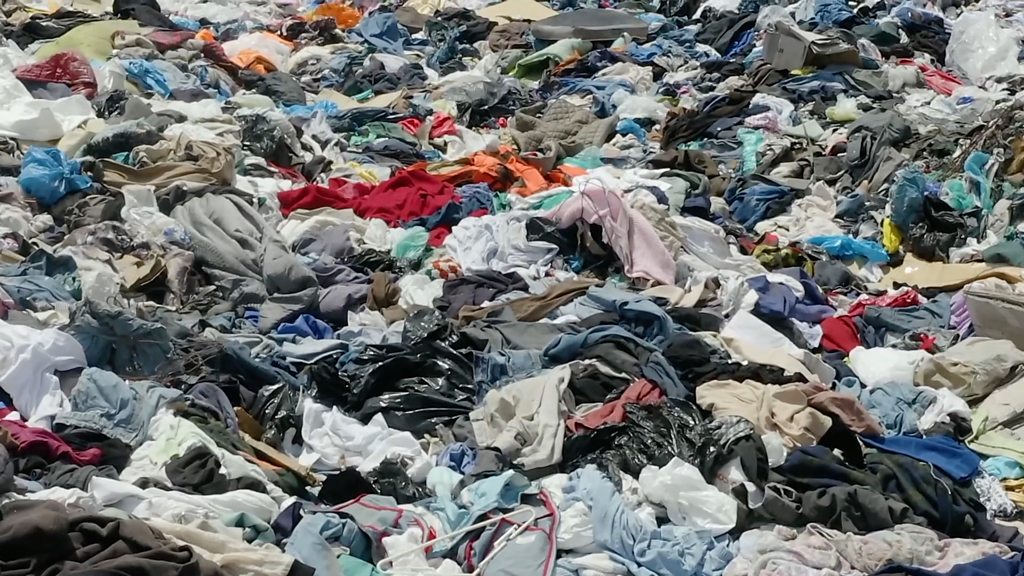When you’re browsing on Shein and spot a $12 shirt that looks like it came straight off your Pinterest board, it feels like heaven on earth. This is what fast-fashion always promises: trendy, affordable clothing available at the speed of lightning. But clothes being produced at such a rapid rate comes at an ugly cost, given that it only brings about waste, pollution, and unfair labor practices.
Fast fashion outlets like Zara, H&M, Fashion Nova, and Shein thrive off producing enormous amounts of clothing at a fast pace, because shoppers love trendy clothes that don’t hurt their pockets.
“I would say trends, prices, and accessibility are the main reasons a lot of people buy fast-fashion. For trends, if someone sees a cute top on someone else, they’ll also want to get it as-well. And I feel like teens are mostly on Shein and Temu, since most of them cannot drive or have jobs until they are older. It’s easier and more affordable to get them online, since you can get a lot of things for a little bit of money,” junior Nyla Smith said.
What might seem like a win in someones shopping cart, becomes a loss for the environment. Most fast fashion clothes are made with synthetic, low-quality materials that are non-biodegradable like polyester, and nylon. Plus, the process includes dyeing and bleaching the fabrics which is highly dependent on the use of water, hence the waste of our dearly beloved h20. (Most of our clothes are made from fossil fuels: Here’s why that’s a problem. Pirg.org, 2024)
“I think fast-fashion affects our environment in a negative way because the materials we’re using for the clothes is such poor quality, we’re making so much of it but they’re not lasting long and just going in the trash which affects pollution,” junior Allison Van Derdys Torres expressed.
The fabrics these items are made from are not only uncomfortable, but they also play a leading role in carbon emission. Huge amounts of chemicals, energy, and heat are needed to produce these fabrics which release greenhouse gases. Combining that with the manufacturing process, transportation, overproduction, as-well as the clothes barely lasting for over a year and just piling up landfills, this makes fast fashion the biggest contributor to the dangerous gasses that are released into the same air we breathe in every day.
“They continue to make the clothes because of overconsumption, so they keep making the clothes since people are going to continue buying from them reason being all the new trends” junior Gabrielle destine stated. Even though the process of making the clothes is dangerous to the environment, fast fashion companies will continue to produce them to appeal to the consumers and gain profit from that.
The process of making these clothes is not only an environmental hazard, but also dangerous to the physical health of the people making them and puts their mental well-being at risk. Factory workers for these fast-fashion companies are pressured to produce tremendous amounts of clothes extremely fast, and under the worst conditions imaginable (Shedlock, Karen. Unraveling the harms of the fast fashion industry, 2023) .
“Fast fashion workers are always overworked, and they barely get paid anything, so they can’t make a living,” junior Sheniqua Joseph said.
Some believe that Instead of fast fashion companies forcing their workers to make clothing that’s damaging our environment with nothing to protect them and giving them paycheck that’s the same as the retail price of their polyester goods, they can implement proper safety measures in the factories, better the pay, and stop making mountains of clothes for one trend that’ll die out in a few days.
“Ways companies can improve work conditions is by lowering work hours, improving pay, and making sure the work environment is safe with precautions in place,” Joseph voiced.









